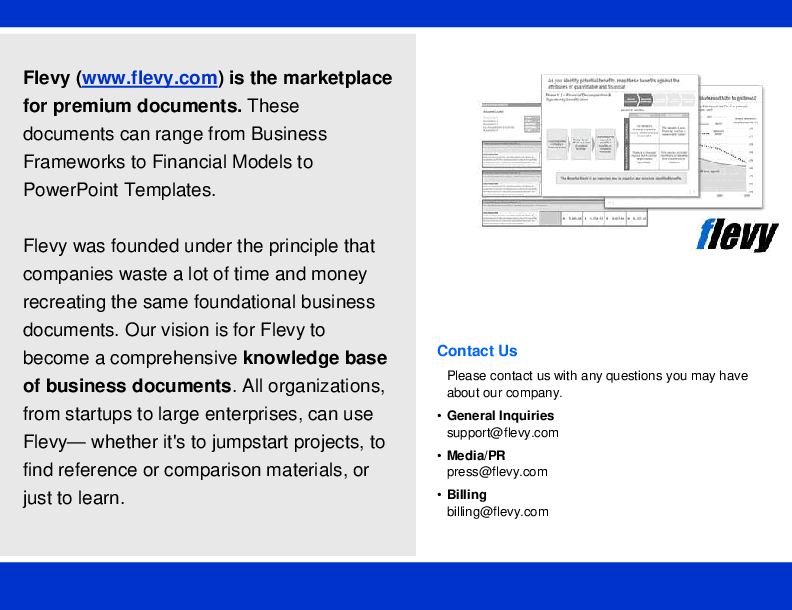Organization Design Current State Assessment Guide (PowerPoint PPT Slide Deck)
PowerPoint (PPT) 20 Slides
ORGANIZATIONAL DESIGN PPT DESCRIPTION
The Organisation Design Current State Assessment Guide provides guidance on the data which is useful to understanding the current organisation. It also helps you to analyse this data and provides a structure in which to report key findings and feed them into the high level and detailed organisation designs. It facilitates the identification of the good and bad elements of the current organisation.
The guide should be used in the current state assessment phase of organisation design, once the case for change has been developed and before design begins.
The Organisation Design Current State Assessment Guide helps to highlight key organisational elements and requirements that should be considered during high level design and detailed design.
This document is included as part of the Organisation Design Toolkit.
The Organisation Design Current State Assessment Guide is an essential tool for executives looking to rigorously evaluate their current organisational structure. It breaks down the assessment into three critical steps: defining and collecting information, analysing the data to identify strengths and weaknesses, and reporting key findings. This structured approach ensures that every aspect of the organisation is scrutinised, from strategy and structure to resources and talent.
The guide includes a comprehensive checklist to identify necessary information, such as strategy documents, HR strategy, and performance management documentation. It emphasises the importance of historical data while focusing on future requirements. This ensures that the assessment is both thorough and forward-looking, providing a solid foundation for subsequent design phases.
The analysis phase delves into various organisational dimensions, including structure, resources, infrastructure, and talent. Key questions guide the analysis, ensuring that all relevant factors are considered. For example, it examines workforce demographics, recruitment plans, and retention statistics to understand their implications for organisational design. This level of detail helps in identifying areas that need adjustment and aligning them with the overall strategy.
Got a question about the product? Email us at support@flevy.com or ask the author directly by using the "Ask the Author a Question" form. If you cannot view the preview above this document description, go here to view the large preview instead.
Source: Best Practices in Organizational Design, Current State Assessment PowerPoint Slides: Organization Design Current State Assessment Guide PowerPoint (PPT) Presentation Slide Deck, Corporate Finance 101
ORGANIZATIONAL DESIGN PPT SLIDES









